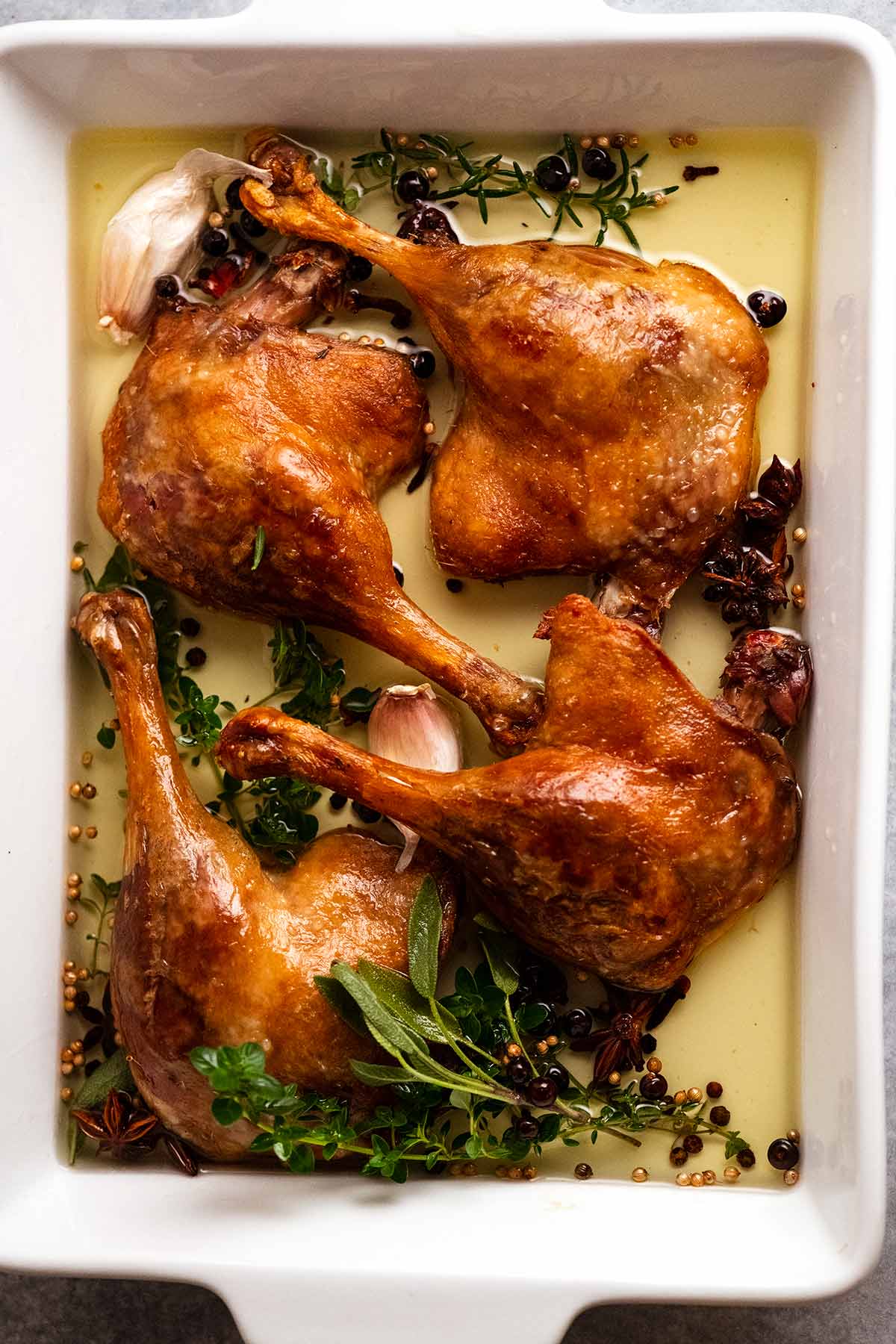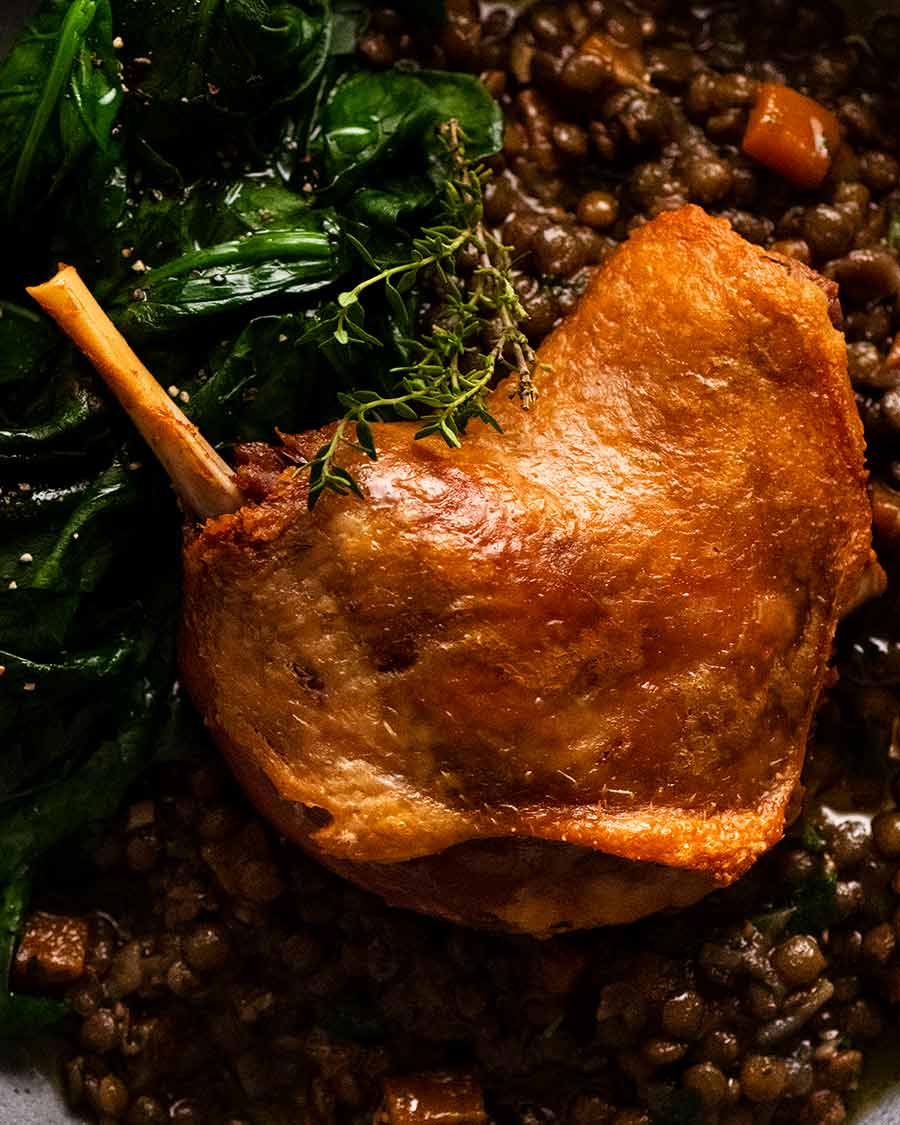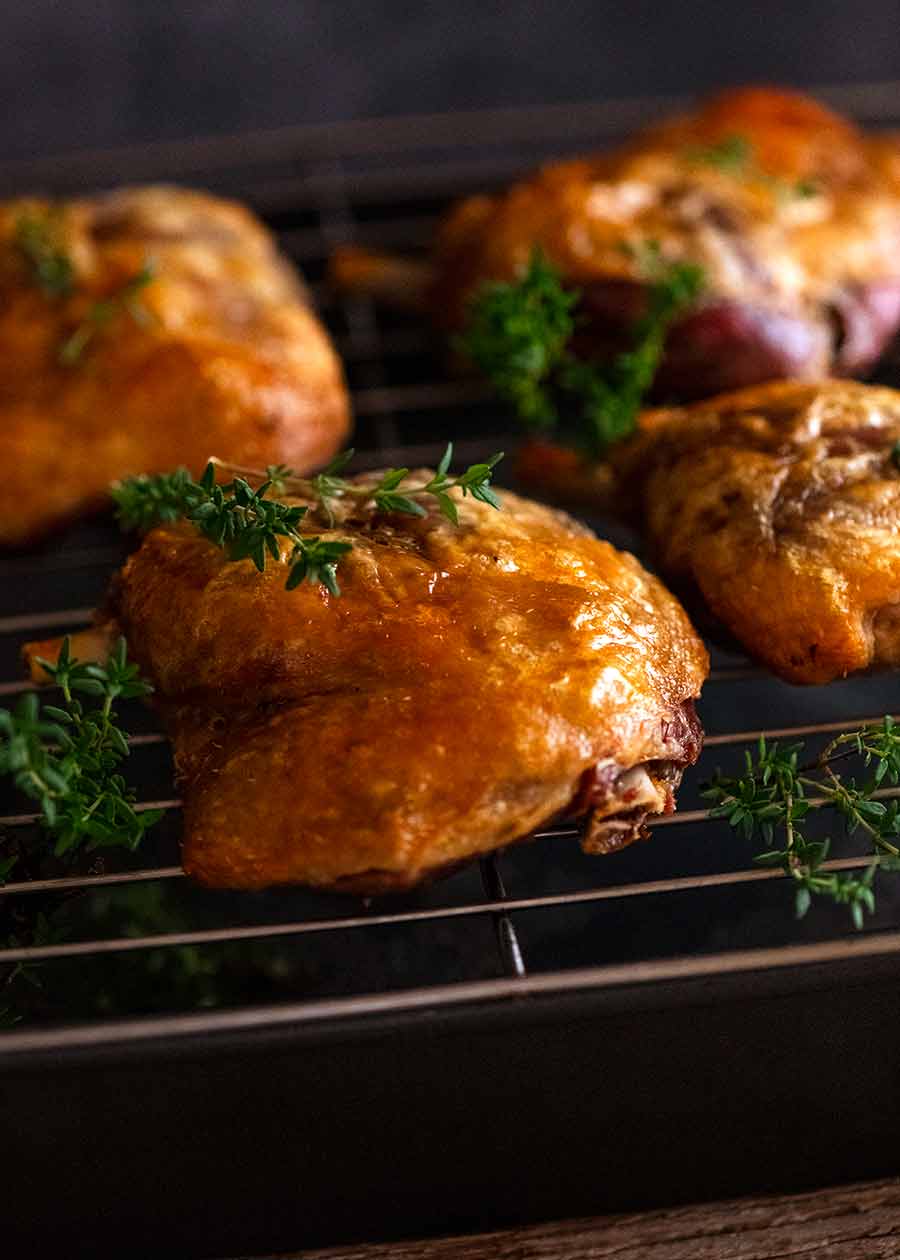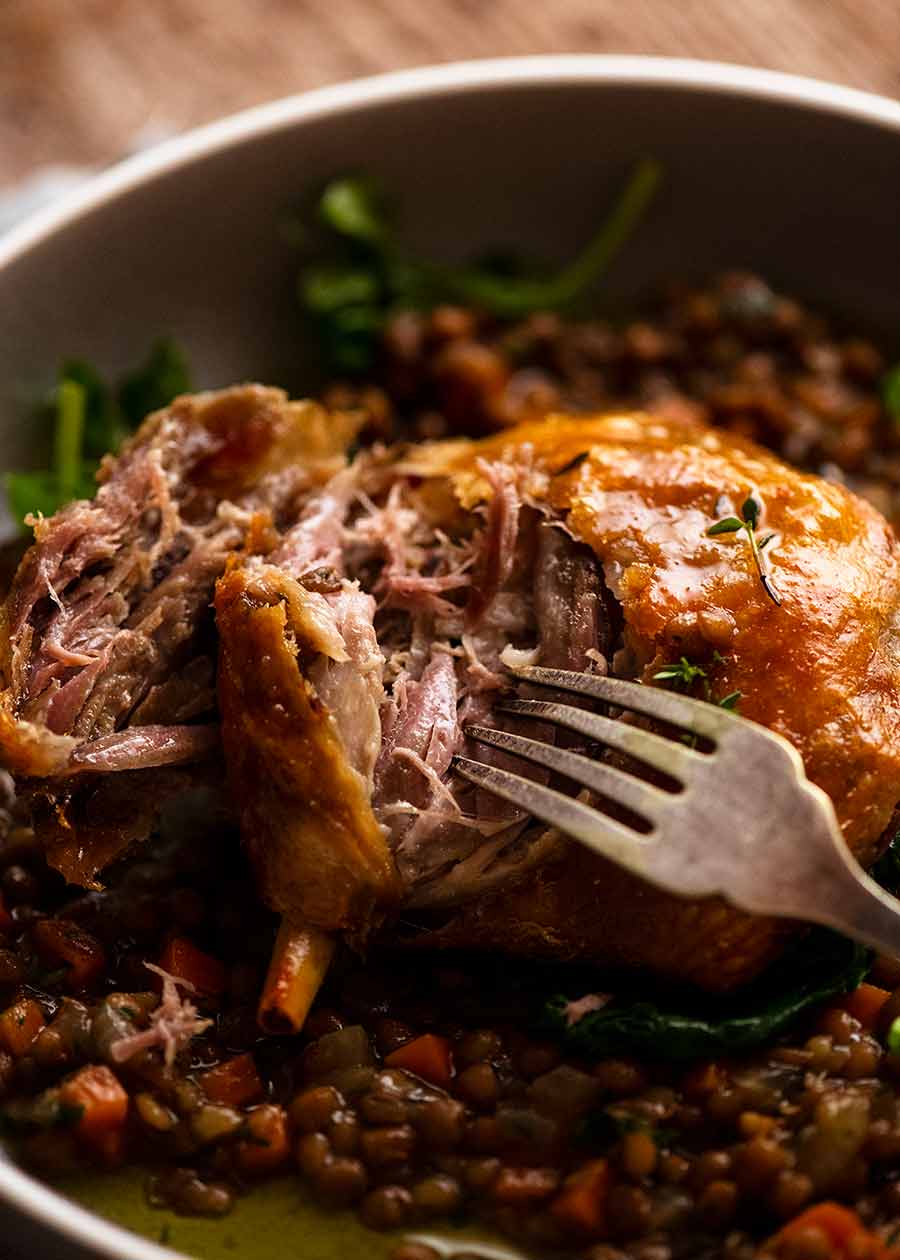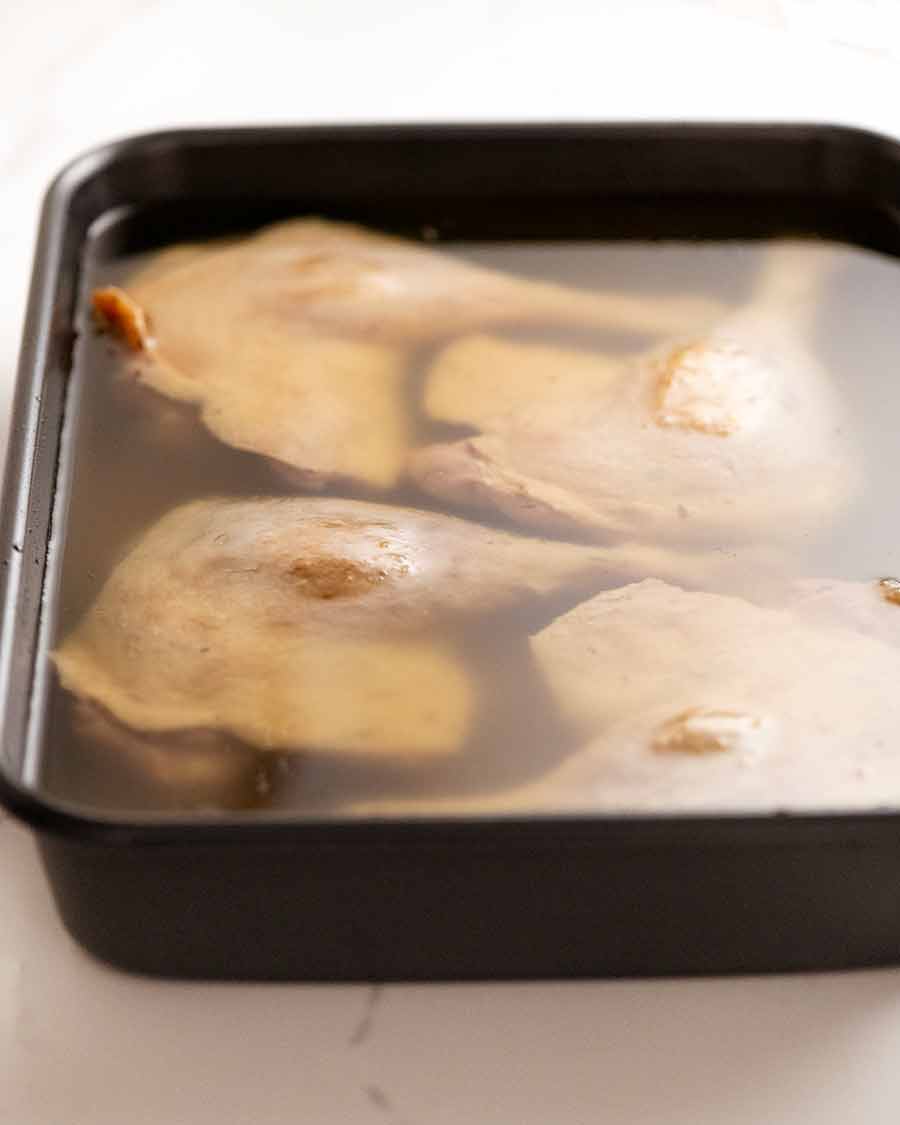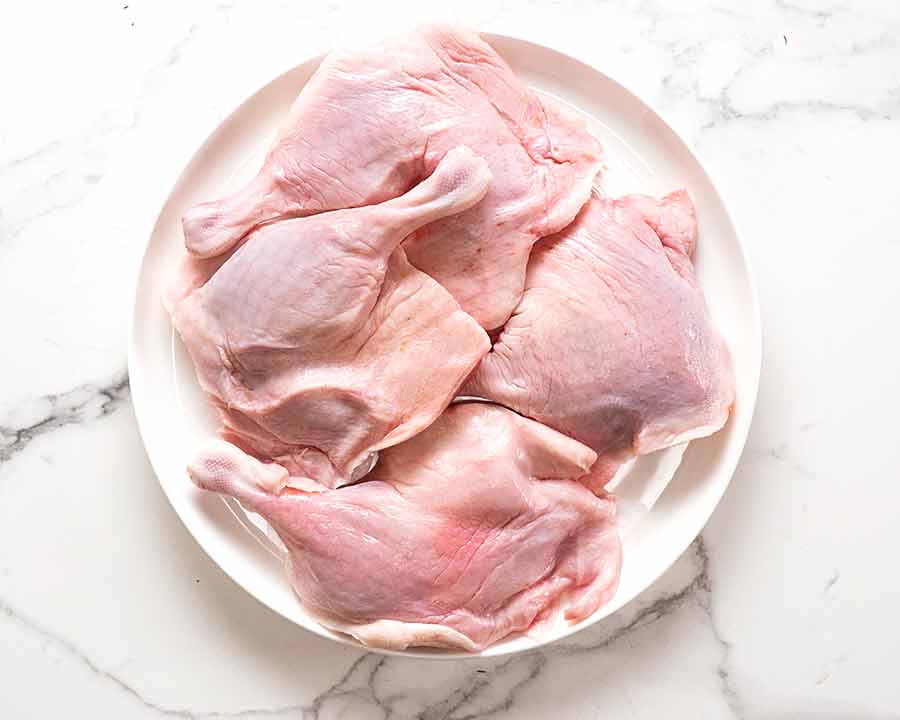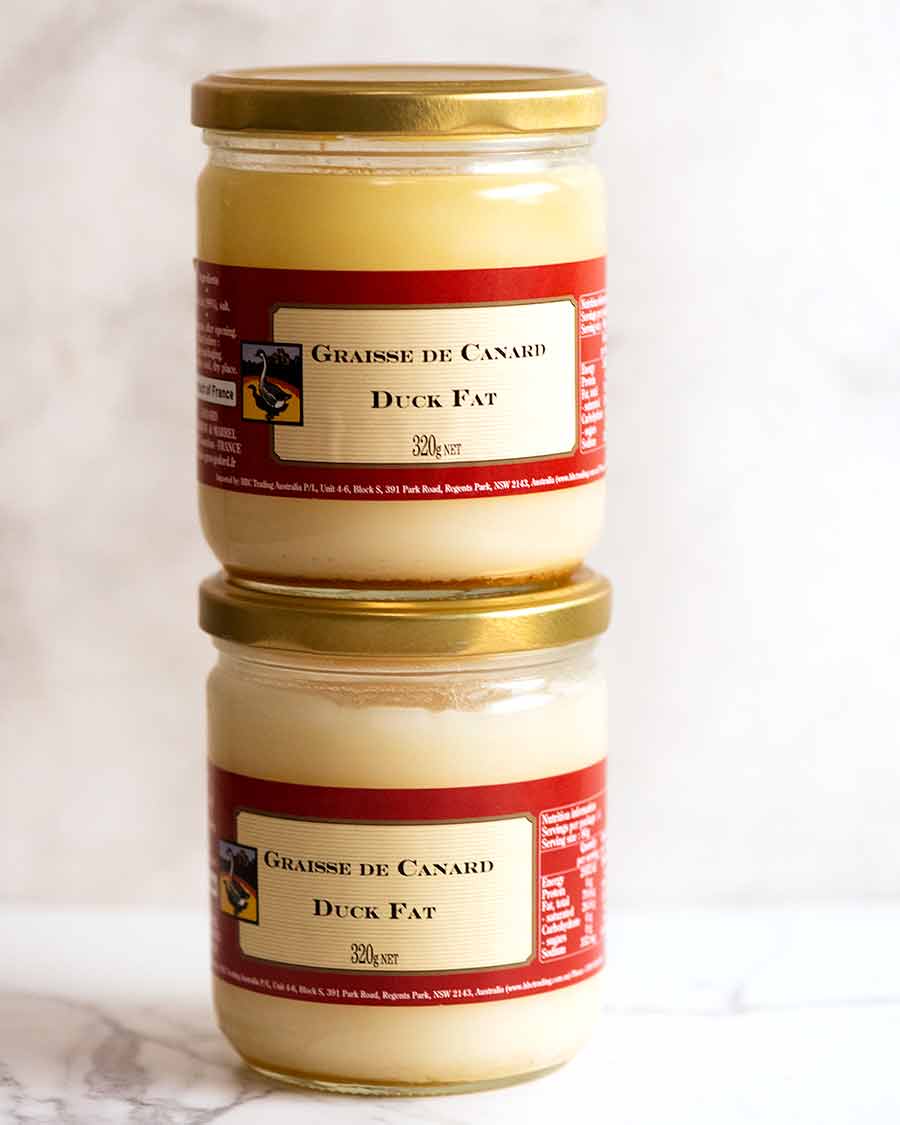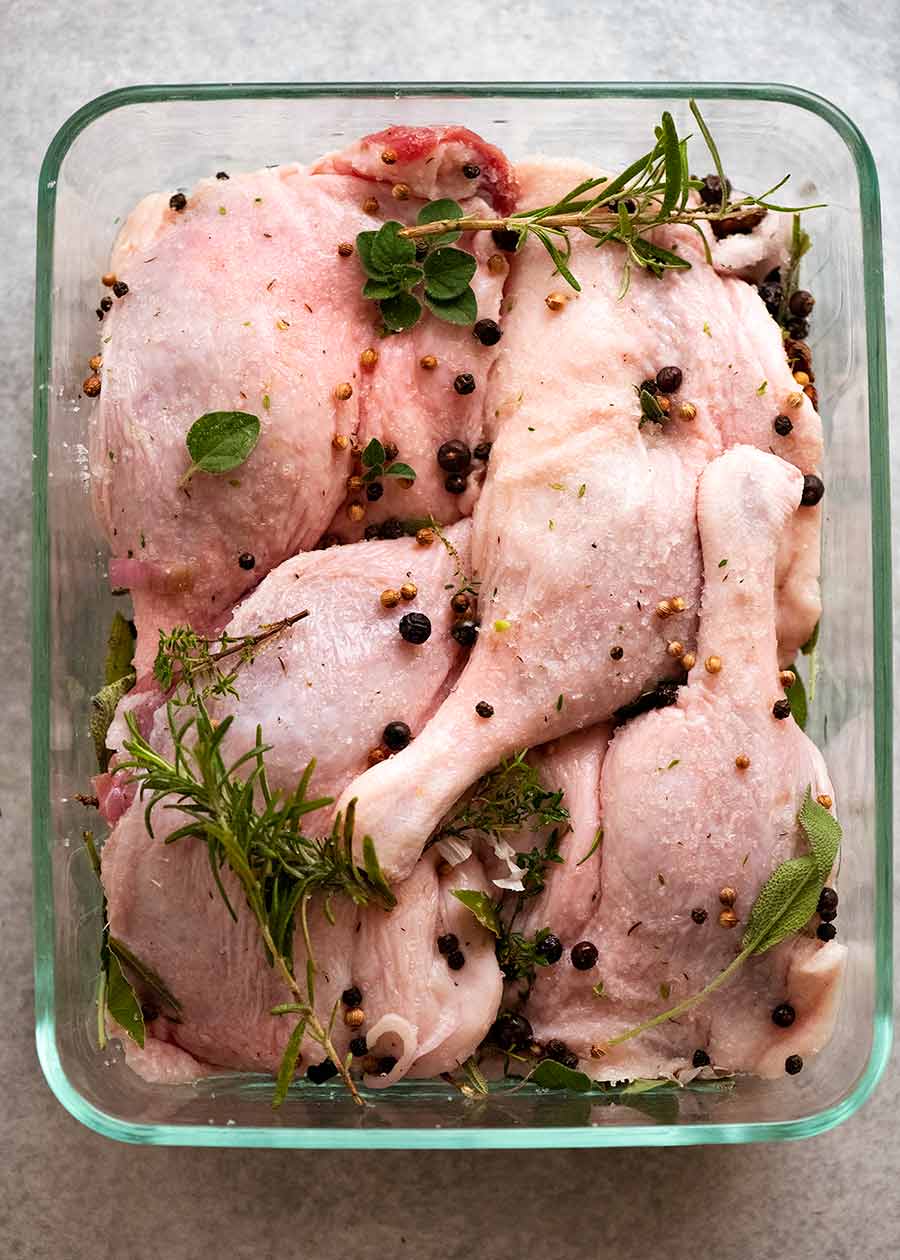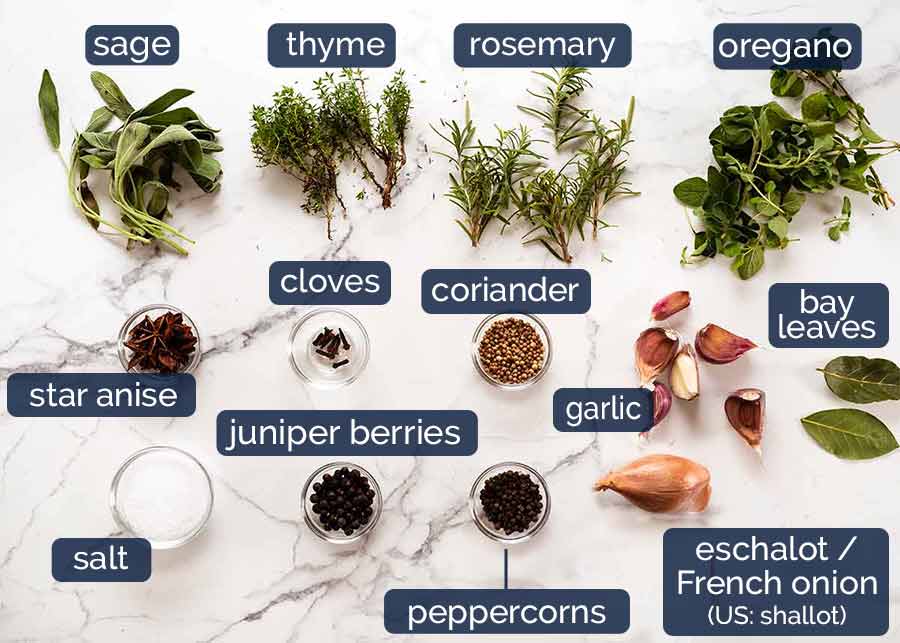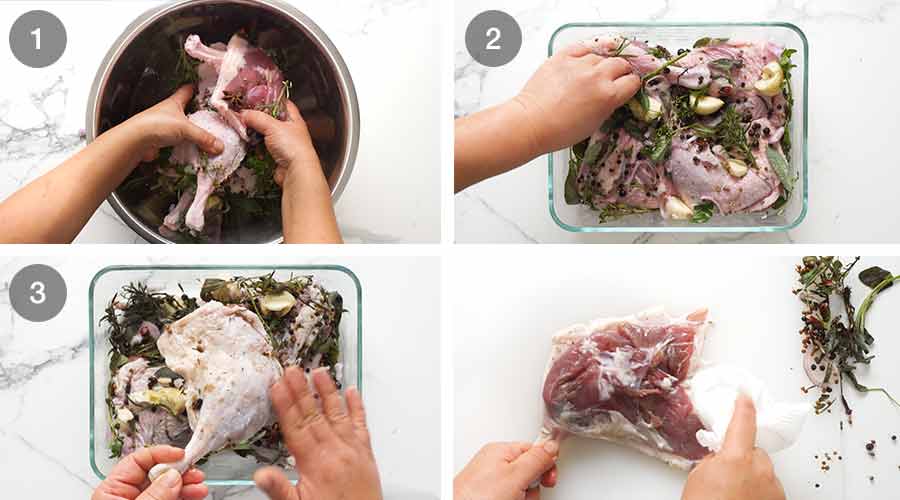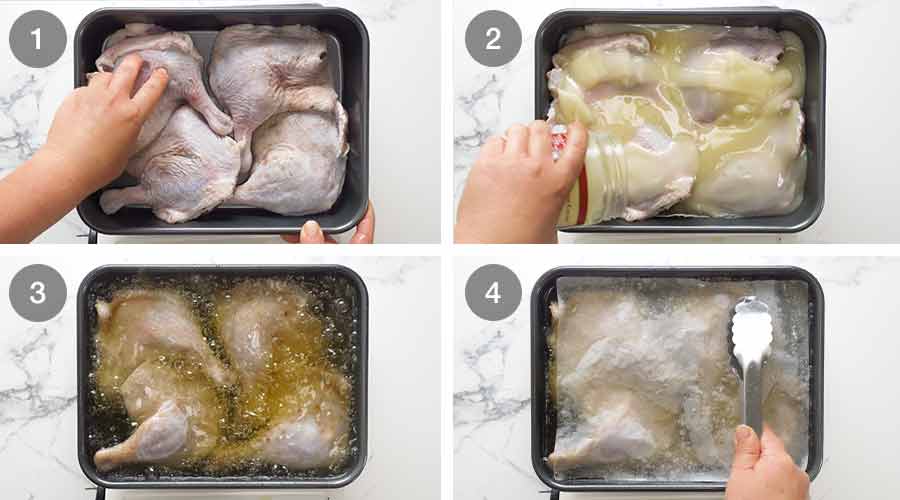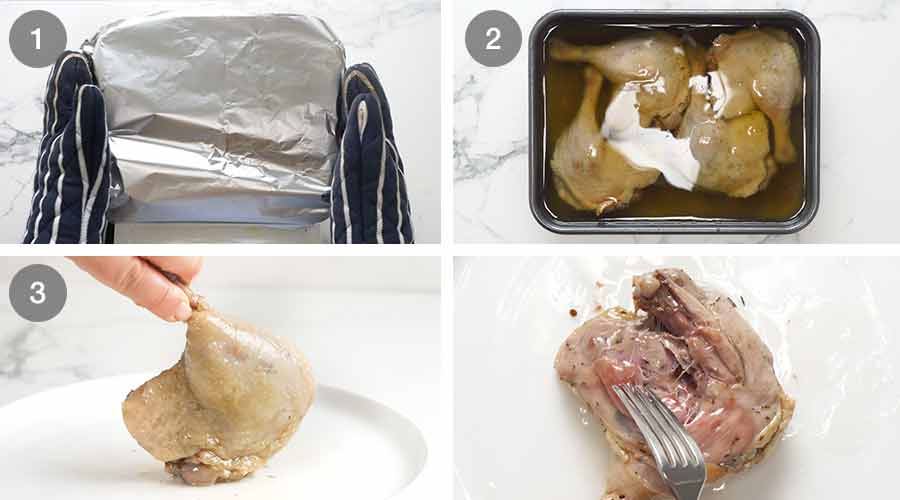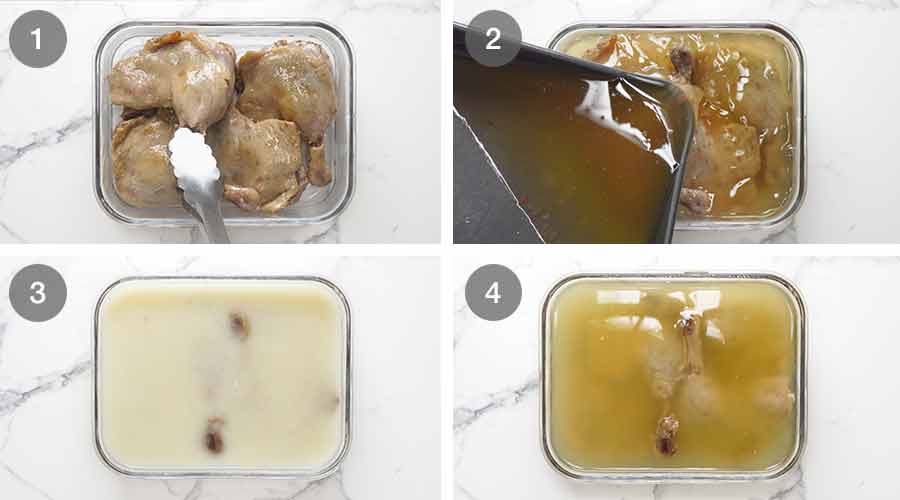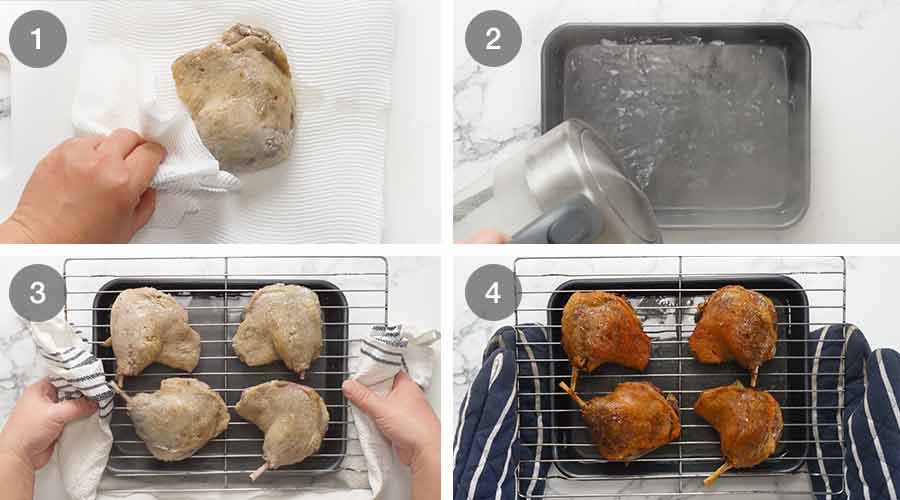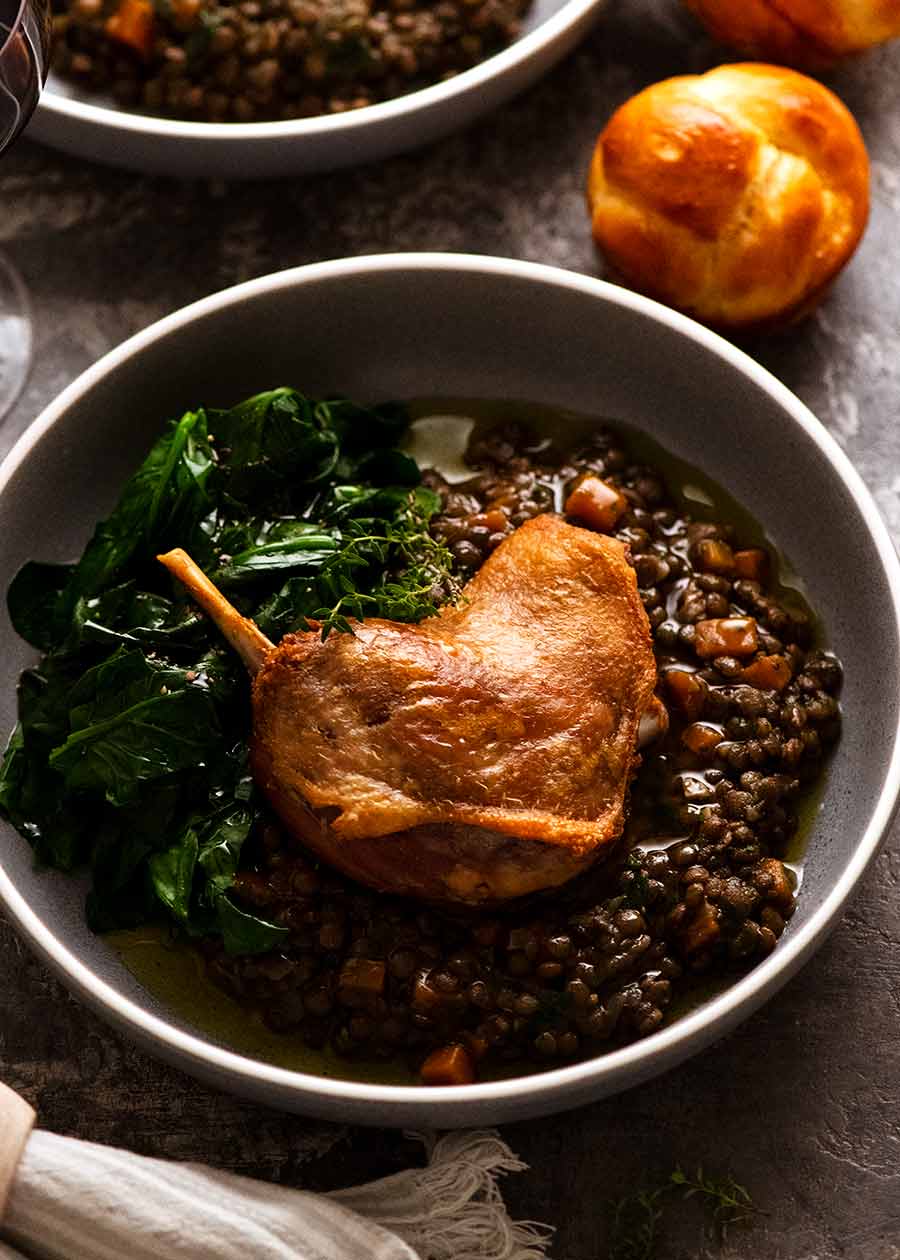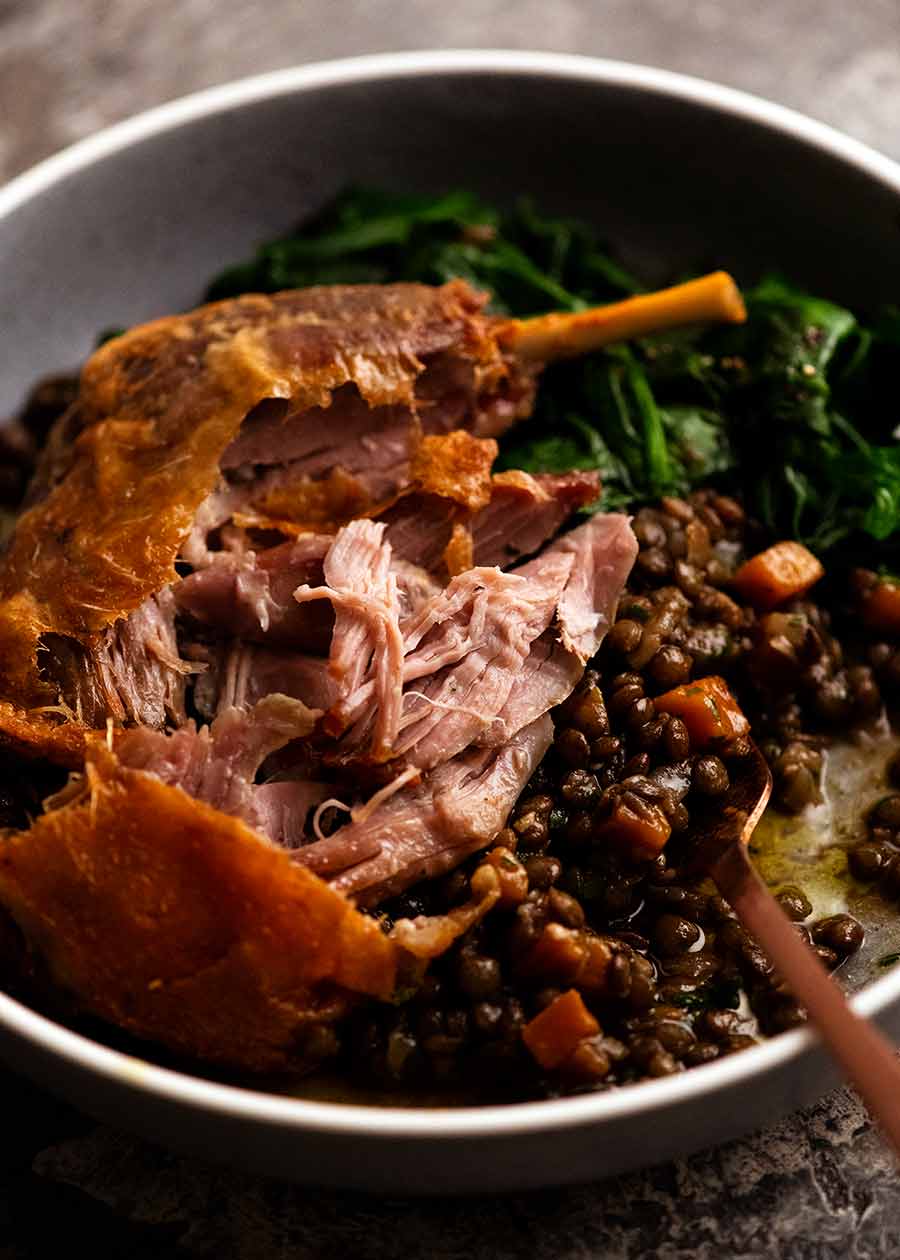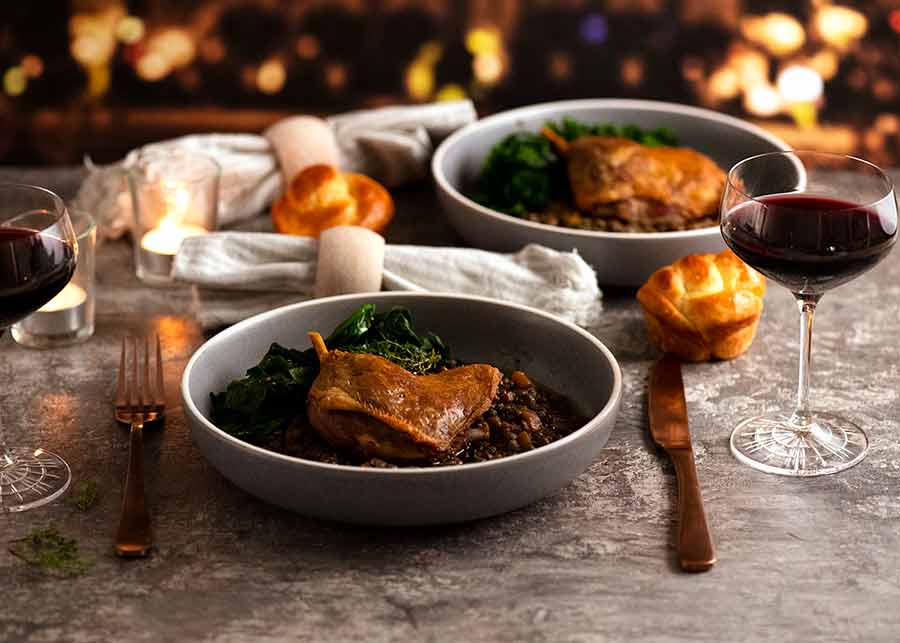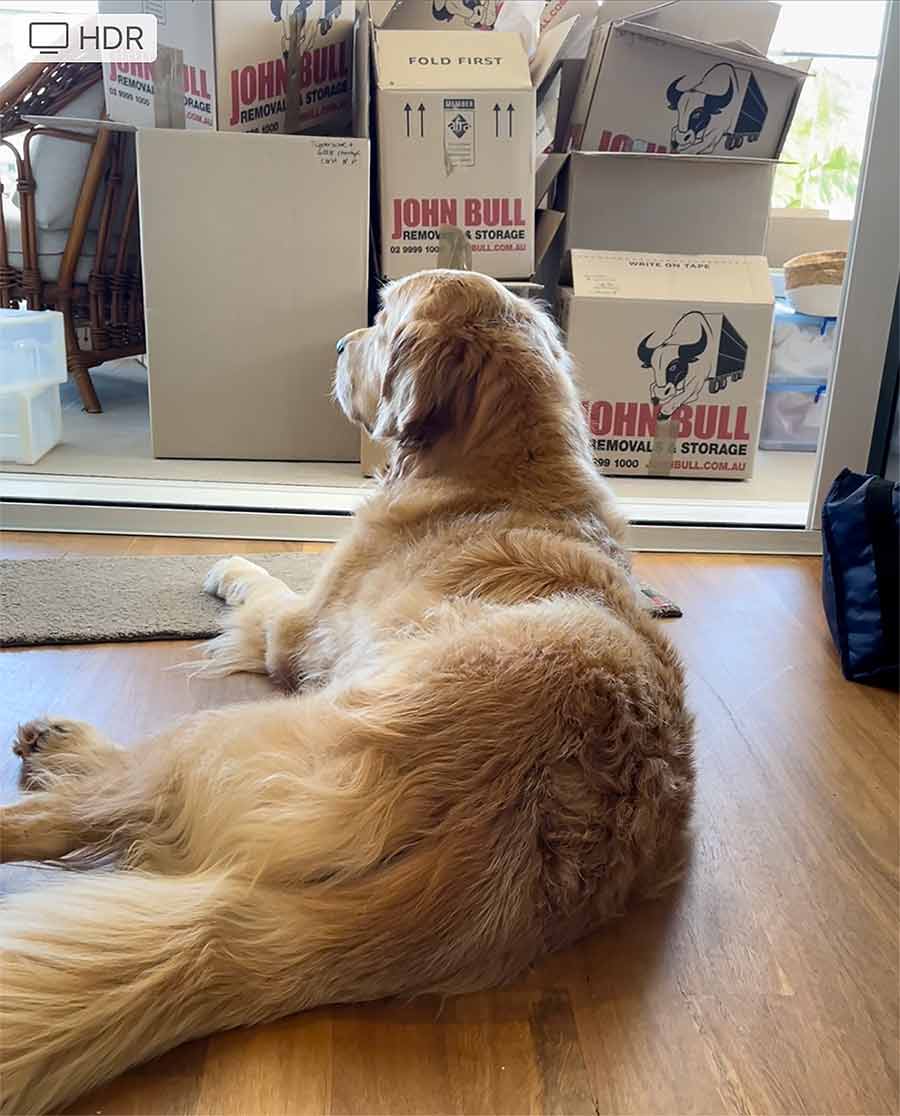🇫🇷Welcome back to French Bistro Week!🇫🇷
From time to time, I like to dedicate a week of recipes to a theme. This week, it’s French Bistro Week!! Following Monday’s French Goat’s Cheese Salad starter, I present today’s Duck Confit as the scrumptious main. As for Friday? Lemon Tart – the perfect French dessert ending to this menu! We’ll round out the week with an incredible French dessert, of course!!
Duck Confit
Called Confit de Canard in French, Duck Confit is an elegant and classic French bistro dish. Confit (pronounced kon-FEE) here refers to the method of slow-cooking the duck in its fat, yielding gorgeously tender meat. The legs are then briefly sizzled in a hot pan or oven until the paper-thin skin is wonderfully crisp. Confit traditionally was done for preservation purposes, allowing the duck to be stored for long periods. This still has benefits today because it means we can easily make Duck Confit ahead of time and keep it for use whenever the fancy takes us! This recipe for Duck Confit comes to you by way of a stellar French chef I work with, Jean-Baptiste Alexandre. And for me it’s a game-changer. Why? For one, the method is incredibly simple. It’s more forgiving and less messy than even a roast chicken, and far less graft than, say, fried chicken! But the real clincher is this: Unlike most Duck Confit recipes, this one DOESN’T require litres of duck fat! By arranging the legs snugly for cooking, you need far less fat than you think – at most a few cups – which can be re-used or stored for months. Easy and delicious. Efficient and ideal for making ahead. Indulgent and classy. I’m running out of boxes to tick here! If you’ve always wanted to try your hand at Duck Confit, now is the time!
What Duck Confit tastes like
An initial overnight cure ensures our duck legs are seasoned with all the way through, the meat delicately perfumed with the herbs, spices and garlic. Next, slow-cooking the legs under duck fat softens the meat until it is tender, silky, and just melting in the mouth. Residual melted duck fat clinging to the meat reinforces the rich duck flavour, while setting things up for the last step. A final blast in the oven is all that’s needed for that excess cooking fat to sizzle and crisp up the skin. Result? Delicious, paper-thin duck skin that crackles as you cut through it with a knife into the dark, velvety flesh beneath … oh my!! 🤤
Duck cut used for Duck Confit
The cut of duck used for Duck Confit are duck legs. It is the lower leg plus the thigh attached, a poultry cut known as a maryland here in Australia. In the case of meat it refers to the technique of first curing then slow-cooking meat under fat at a low temperature. The meat can then be stored under the cooking fat for long periods, free from spoilage. It just so happens that this technique also yields impossibly tender, delicious and flavourful meat that gets better the longer it’s stored! Those clever French … Historically, this preservation technique was a necessity to survive times of scarcity. Today, it means we can enjoy produce at its best (even when out of season) and have luxurious preserved foods at our disposal. Duck Confit, originating from the south-western region of France, is one of the most classic and well-known confit foods. It must be bone-in and with the skin on. Because it ain’t Duck Confit without crispy skin!
Duck fat to cook Duck Confit
To confit meat means to slow cook in fat, usually the meat’s own fat. So for Duck Confit we use duck fat. These days, you’ll find duck fat sold in jars in the pantry aisle of grocery stores alongside other oils. While these products were considered very “gourmet” 10 years ago with hefty price tags to match, these days they are much better value and easier to find. The fat can be re-used multiple times and will keep sealed in the freezer for 6 months or longer. Technically any fat or oil can be used to confit a meat. However in traditional French cuisine it’s most typical to use the same animal fat as from the meat you’re cooking. The reason is partly historical: if you’re a farmer who has just harvested a bunch of ducks and plan to preserve some, you’ll likely have plenty of duck fat lying around too. The other reason is the flavours are more naturally more harmonious. Here’s one brand of duck fat that’s sold at grocery stores in Australia:
How much duck fat you need
You will need between 600 – 800g / 21 – 28 oz of duck fat. You need enough fat to cover the legs so they are fully submerged for slow roasting (see photos in post / video). So the exact amount you need depends on the size of the duck legs and your roasting pan. We minimise the amount of duck fat required by using a small roasting pan that the duck fits in snugly. While you can count on some fat being released by the duck itself during the slow roasting time, it doesn’t actually raise the fat levels.
Dry cure for Duck Confit
One of the key characteristics of Duck Confit is the incredible, subtle but complex perfume of herbs and spices that is infused all the way through the duck. We use a lot of the stuff. A lot!!
Fresh herbs – Thyme, sage, rosemary, oregano and bay leaves. Do not underestimate the power of these fresh herbs!Dried herb substitute: If you are missing one of these herbs, use about 1 tsp of the dried herb equivalent. Try to avoid substituting more than one of the fresh herbs with dried because it’s not quite the same. However, in and emergency, yes I would use dried herbs for all and yes it will still be fabulous!Garlic – Smash the garlic clove with the side of a knife to make the clove burst open but still mostly remain in one piece. This releases the flavour of the garlic to subtly infuse the duck with garlic whilst making it easy to pick out later;Eschalots – Also known as French onions, these are called “shallots” in the US. They look like baby onions, but have purple-skinned flesh, are finer and sweeter. Not to be confused with what some people in Australia call “shallots” ie the long green onions; andSpices – Whole black peppercorns, coriander seeds, star anise, juniper berries and cloves (whole).
How to make Duck Confit
Are you ready to be shocked how incredibly easy it is to make Duck Confit? Oui? Here we go! Dried herb substitute: If you are missing one of these herbs, use about 1 tsp of the dried herb equivalent. Try to avoid substituting more than one of the fresh herbs with dried because it’s not quite the same. However, in and emergency, yes I would use dried herbs for all and yes it will still be fabulous!
Overview
Here’s an overview of the steps. I’m providing more visuals than usual because I suspect this is not an everyday recipe for most people. But I promise it’s straightforward!
Part 1: Dry-cure duck
Part 2: Prepare for cooking
Part 3: Slow-cooking (confit)
Meat done, at this stage the duck can either be crisped up in the oven to serve straight away, or stored in the fridge / freezer still submerged in fat. Therein lies the beauty of Duck Confit – you can have this amazing dish sitting around ready to impress the pants off some lucky person at the drop of a hat! You need a pan with high sides so hot duck fat doesn’t slosh out when you handle it – hot fat and hands don’t mix! It’s best if it’s a metal roasting pan so you can put it straight on the stove to kickstart the fat heating step (step 3 below); This paper lid is a cooking technique similar to a cartouche which is used to trap heat and keep foods submerged during braising or confit like this. Cover the pan tightly with a double layer of foil. Now you’re ready for slow roasting! Method 1 – Turn the leg over to check the exposed flesh side. Use a fork to check if the flesh flakes easily (it’s tempting to remove a chunk and pop it in your mouth, I know – resist!);Method 2 – Bend the duck leg gently on a plate. It should bend easily when pressure is applied on the joint (see video).
Part 4: Long term storage (optional)
Here’s how to store the duck in the fridge (5 days) or freezer (3 months or more) if you are planning to keep it to serve at a later date. Those of you familiar with Duck Confit might be thinking, “But isn’t the whole point of confit that you can keep the meat sealed under fat just the fridge for weeks or even months, and it will be good to eat?” The answer is yes, traditionally Duck Confit would be stored long-term in just a cool place. In 99.99% of cases it will keep perfectly like this. If you’re comfortable doing this, you can. However out of an (over) abundance of caution I recommend keeping in the fridge no longer than regular food, and freezer for any duration past this.
Part 5: Crisping skin and finishing the Duck Confit
Crispy skin….. The water keeps the flesh of the duck ultra moist whilst allowing the skin to crisp up beautifully. This method of crisping up the skin works far better than the stove-searing methods that other recipes use. It gives the most even colour and, more importantly, crispy skin all over! In contrast, although faster, pan searing will only crisp the skin where the skin is in contact with the pan; … and tender, flavour-infused flesh. It’s that magical combination hits my carnivore sweet spot every single time! 😉
How to serve Duck Confit
The most traditional way Duck Confit is served in France is on a bed of lentils. The earthy lentils are a perfect match for the rich and gamey duck. This is a French Lentil Ragout – yes that’s right, I said a ragout! It’s mouthwateringly good, and a worthy serving companion to Duck Confit. Add a bowl of leafy greens tossed lightly with a French Dressing, and voila! You’ll feel just like you’re in a cosy bistro or a bustling brasserie tucked in the back streets of Paris! – Nagi x PS. Dessert is coming on Friday. 😇
Watch how to make it
More fancy French food!
Life of Dozer
Moving into a temporary rental while my house is undergoing renovations!! It’s a short term furnished rental luckily, so I just had to move personals in….and all my kitchen gear, of course! This is pretty much what Dozer spent the whole moving day doing. (ie Bugger all)
